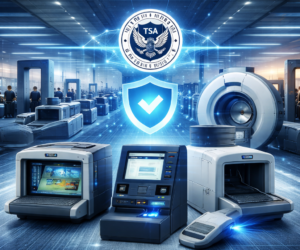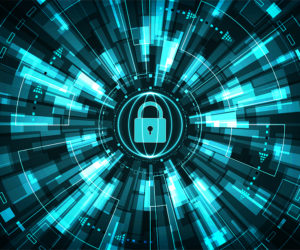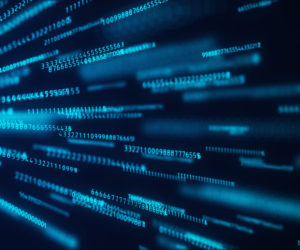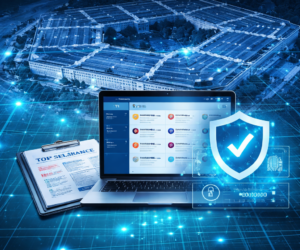
Sorry, your browser is not compatible with this application. Please use the latest version of Google Chrome, Mozilla Firefox, Microsoft Edge or Safari.
Security Content

Border Security
A new GAO report highlights challenges DHS faces in managing border facilities for individuals held in short-term custody. Between 2019 and 2024, CBP spent over $4 billion operating temporary soft-sided…
Learn More


Transportation Security Administration
This overview traces how aviation security in the United States has evolved since 9/11, highlighting changes in personnel, processes, and screening technologies. It shows how intelligence-driven procedures, expanded workforce roles,…
Learn More


AI Data Security
As artificial intelligence becomes more integrated into national systems, securing the data that powers these tools is essential to ensuring public trust and system resilience. A new report outlines the…
Learn More


Unidirectional Security Gateways
In a globally connected world, protecting national security is a difficult and complex task. Government and defense installations are all prime targets for cyber-sabotage and cyber-espionage attacks. Pulling relevant data…
Learn More


Operationalizing AI-Enabled Security
As cyber threats become faster and more sophisticated—fueled by generative AI—federal agencies must modernize their defenses to keep pace. This playbook explores how AI-enabled security can help defenders act quickly,…
Learn More


Non-Fungible Token Security
Non-fungible token (NFT) technology provides a mechanism to enable real assets (both virtual and physical) to be sold and exchanged on a blockchain. While NFTs are most often used for…
Learn More


Security Considerations for Edge Devices
Edge devices like VPN gateways, firewalls, and routers are the unsung heroes keeping our networks connected and protected. But as they bridge internal systems with the internet, they also open…
Learn More


A Security Perspective on the Web3 Paradigm
Web3 is reimagining the internet by shifting control from large organizations to individual users, emphasizing decentralization, security, and data ownership. By leveraging blockchain technology, smart contracts, and digital tokens, Web3…
Learn More


Post Quantum Computing Security
The rise of quantum computing presents a significant threat to traditional encryption methods, potentially jeopardizing the security of wireless networks and the broader internet. While cryptographically relevant quantum computers (CRQCs)…
Learn More


Cloud Security Playbook Overview
As organizations increasingly rely on cloud services, securing these environments has never been more critical. The Cloud Security Playbook highlights the shared responsibility between Cloud Service Providers and Mission Owners,…
Learn More


Agile Recruiting in National Security
National security hiring is uniquely unforgiving. Labor categories are rigid, award timelines wobble with bid protests and funding cycles, and a single stalled polygraph can jeopardize delivery. Traditional, linear requisition…
Learn More


Coastal, Port, and Waterway Security
The maritime industry is evolving rapidly, bringing both new opportunities and heightened security challenges. As threats to coastal ports and waterways become more sophisticated, the U.S. Coast Guard (USCG) is…
Learn More


Product Security Bad Practices
In the latest Secure by Design initiative, CISA emphasizes that software security must be a priority from the very start of development. This guidance outlines the most critical bad practices…
Learn More


Military Service and Social Security
Earnings for active duty military service or active duty training have been covered under Social Security since 1957. If you served in the military before 1957, you didn’t pay Social…
Learn More


Operational Technology Assurance Partnership:...
This NSA technical report outlines cybersecurity requirements for smart controllers within National Security Systems (NSS) to safeguard mission-critical operational technology (OT). The study identifies key threats—such as buffer overflows, hardcoded…
Learn More


